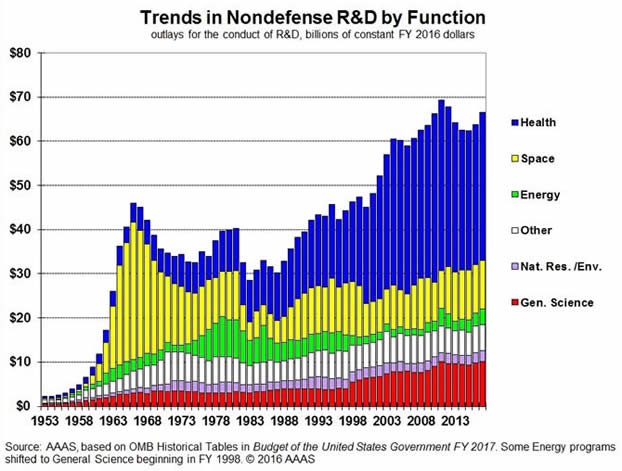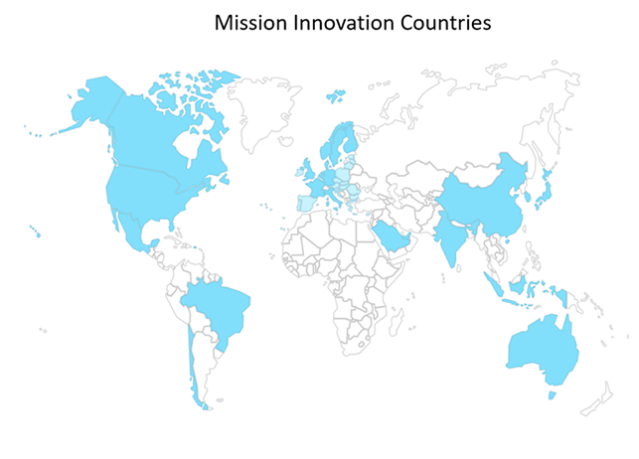by Bob Shively, Enerdynamics President and Lead Instructor
Energy is fundamental to modern life. Yet according to the International Energy Agency, more than 1.2 billion people live without access to electricity, and more than 2.7 billion are without clean cooking facilities. All desire to have access to ubiquitous and low-cost energy.
As Microsoft founder Bill Gates notes in the video Energy Innovation, modern lifestyles require huge amounts of energy. And given that “the energy miracle that has allowed modern civilization” is primarily based on fossil fuels, raising billions of people’s access to energy-consuming lifestyles will inevitably have severe environmental impacts unless we change our means of energy production.
Many technologies that reduce environmental degradation already exist. In the power sector these include:
- replacing coal generation with nuclear or gas-fired generation;
- replacing coal and gas generation with renewable electricity;
- and reducing end-use consumption through energy efficiency.
In the transport sector, these include replacing gasoline or diesel-powered vehicles with natural gas vehicles and replacing all fossil-fuel vehicles with electric vehicles (as long as the source of electricity is clean). But there is debate as to whether our current set of technologies is robust enough to provide ubiquitous, clean, low-cost, and reliable energy.
Gates and others believe that fundamental research is needed to create the next wave of transformational technology. Yet, the U.S. government currently provides surprisingly little budget support for energy:
So where will future research come from? The Breakthrough Energy Coalition is a partnership of business leaders “committed to broad investment in new energy technologies from public and private sources.”
Partners include familiar names such as Marc Benioff (Salesforce.com), Jeff Bezos (Amazon), Michael Bloomberg (Bloomberg LP), Richard Branson (Virgin Group), Reid Hoffman (LinkedIn), Jack Ma (Alibaba), Meg Whitman (HP), and Mark Zuckerberg (Facebook) among others. The coalition is working with a group of 20 countries worldwide (called Mission Innovation) to foster government/private partnerships with a goal of moving from basic research to breakthrough technologies in the marketplace.
To further their goals, some members of the coalition have formed Breakthrough Energy Ventures and have committed $1 billion to invest in early-stage companies committed to developing new energy technologies.
The vision is that initial government funding will support basic research that will ultimately lead to innovations in the marketplace. Key potential areas of investment include electricity generation, transmission, and storage; carbon capture and sequestration; and transportation, agriculture, manufacturing, and buildings.
Will this propel society to a new level of energy access? That remains to be seen. But in an era of shrinking government budgets and industry turmoil that discourages energy companies from spending money on R&D, it is encouraging to see some of the most successful and brilliant minds in the world working together on a solution.


